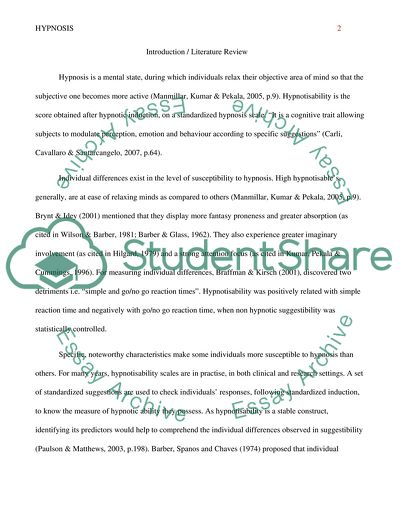Research Methods and Design Assignment 2 - literature Review Paper. Retrieved from https://studentshare.org/miscellaneous/1570646-research-methods-and-design-assignment-2-literature-review
Research Methods and Design Assignment 2 - Literature Review Paper. https://studentshare.org/miscellaneous/1570646-research-methods-and-design-assignment-2-literature-review.


